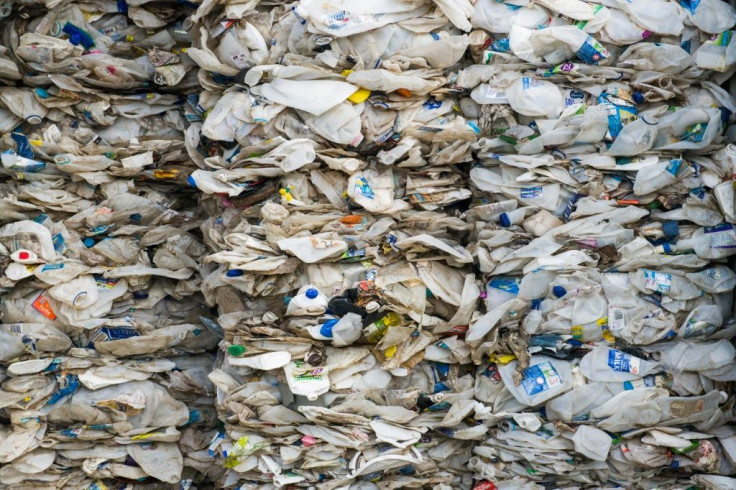Environment News: Plastic Waste In Oceans Could Triple By 2040, Threatening Habitats, Wildlife

KEY POINTS
- Currently, 11 million metric tons of plastic trash is dumped into the oceans annually. That could increase to 29 million by 2040
- Governments and industry have committed to reducing the flow by only 7%
- Coronavirus has made the situation worse with increased use of single-use plastics
The annual flow of plastic into the oceans will triple by 2040 unless immediate action is taken, an analysis by the Pew Charitable Trusts and Systemiq indicates. The report, released Thursday, indicated the technology exists today to reduce the volume by 80% if government and industry commit to action.
“There’s no single solution to ocean plastic pollution, but through rapid and concerted action we can break the plastic wave,” said Tom Dillon, Pew’s vice president for environment.
More than 300 million tons of plastic is produced annually, half of which is single use.
Some 11 million metric tons of plastic currently is dumped into the oceans annually and by 2040 that could increase to 29 million metric tons, the equivalent of 110 pounds of plastic on every yard of coastline worldwide, the 55-page report, “Breaking the Plastic Wave,” noted.
The situation is being compounded by the coronavirus pandemic, which has increased the level of single-use plastic consumption.
“From coral reefs to deep sea trenches and from remote islands to the poles, plastic alters habitats, harms wildlife, and can damage ecosystem function and services,” the report said. “More than 800 species are already known to be affected by marine plastic pollution.”
Governments and industry have agreed to reduce the amount of plastic flowing into oceans by only 7% in the next 20 years. The report recommends replacing some plastics with paper and other compostable materials, redesigning packaging and products for recycling, expanding waste collection, increasing recycling and reducing plastic exports, especially to countries with poor waste management services.
The report estimates taking the recommended actions would save governments $70 billion in the next two decades, reduce greenhouse gas emissions by 25% and create 700,000 jobs.
But even eliminating 80% of the plastic flow will leave 5 metric tons a year. Getting rid of that would require dramatic increases in innovation and investment, and also require technological advances, new business models and greater emphasis on research and development, the report said, adding that just reducing the growth of plastic production could reduce the projected waste by a third.
“A reduction of plastic production – through elimination, the expansion of consumer reuse options, or new delivery models – is the most attractive solution from environmental, economic and social perspectives. It offers the biggest reduction in plastic pollution, often represents a net savings and provides the highest mitigation opportunity in [greenhouse gas] emissions,” the report said.
Martin Stuchtey, Systemiq’s founder and managing partner, said the problem is solvable. It just takes government and industry resolve.
“It took a generation to create this challenge; this report shows we can solve it in one generation,” Stuchtey said.
© Copyright IBTimes 2025. All rights reserved.






















